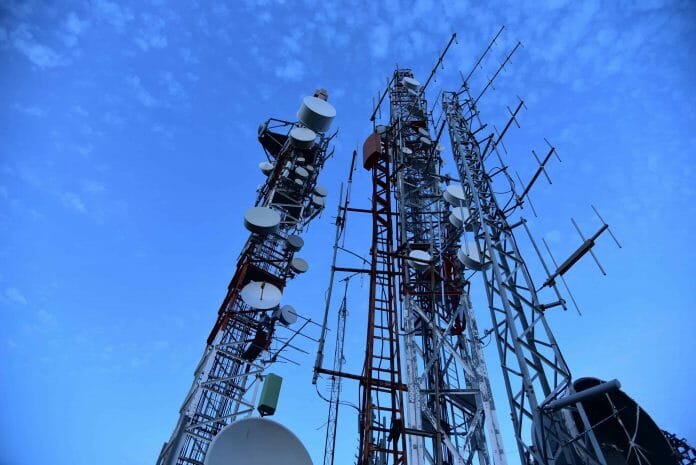RHB Investment expects the tight competition in the mobile segment to persist, with the focus on fixed-mobile bundling and upselling 5G services. Uncertainties remain over the second 5G network (5GDN), which may have implications on capex and dividends. The house says it prefers the fixed line/integrated players (over mobile), given their structural growth catalysts and more resilient earnings. RHB flags Axiata Group as a laggard play on the earnings recovery and balance sheet deleveraging thesis.
Mobile service revenue (MSR) grew 1.2% YoY in 2023; Maxis saw largest MSR gain. Industry mobile revenue (Big- 2) grew 1.1% QoQ in 4Q23 on seasonal factors and stronger postpaid growth (+1.8% QoQ). For 2023, MSR ticked up 1.2% (Big-2, ie CelcomDigi (CDB) and Maxis) with the dip in prepaid (-0.5%) offset by stronger postpaid growth (+2.5%) – the latter supported by pre-to-post migration and bundling promotions. Maxis notched a 0.9% gain in MSR share to 43.3% in 4Q23 (4Q22: 42.4%) at the expense of CDB whose share narrowed from 57.6% to 56.7% over the same period. We expect the
MSR momentum to remain subdued as weak consumer sentiment and inflationary pressures will crimp wallet share – reflected in the mobile operators’ tepid FY24F guidance of “low-single digit growth” in MSR.
Fixed line players still seeing resilient, superior growth. Aggregate fixed line earnings grew 77% YoY in 4Q23, helped by tax credits at TM. This was ahead of the 3% YoY growth in aggregate mobile earnings (Big-2). For FY23, fixed line earnings increased 45% vs a 11% decline for mobile, with the latter impacted by accelerated depreciation and network impairment at CDB.
Regulatory noises have dissipated post new access agreements inked but not risks. According to the Communications Minister Fahmi Fadzil, the rollout of 5GDN will be delayed due to some legalities and the formation of the new Board at Digital Nasional (DNB). The latter is a requisite for share subscription agreements by the four mobile network operators (MNOs) (inked on 1 Dec 2023) for which due diligence is still on-going, with condition precedents to be met. MNOs are required to invest in DNB (14% stake) before being allowed to partake in the second 5G consortium (commercial undertaking). Uncertainties on the 5GDN will continue to impact capex and dividend outlook Rhb says.
How is 5G adoption? Fahmi Fadzil said there were 10.1m 5G subs as at endJanuary (adoption rate: 29.95%). The house says it understands that 4G users connected to 5G networks (even momentarily) are counted as “active” 5G subs, even if they are on 4G most of the time. If the official mobile population is applied as the base (end-Dec 2023: 50.1m), 5G subs penetration would be 20% (lower, if 4G legacy subs are excluded). Ookla’s 4Q23 Speedtest Intelligence Report puts Malaysia’s 5G Availability at 27%, vs Singapore’s 53.7% and Thailand’s 45.5%, despite outperforming on median download speeds.
Overall, the house expects the 5G base to continue growing, supported by new 5G plans in the market and the influx of more lower-priced handsets. With consumer/retail use cases still lacking, 5G monetisation would remain a challenge for the industry in the medium-term. Key risks are competition, weaker-than-expected earnings and negative regulatory developments









